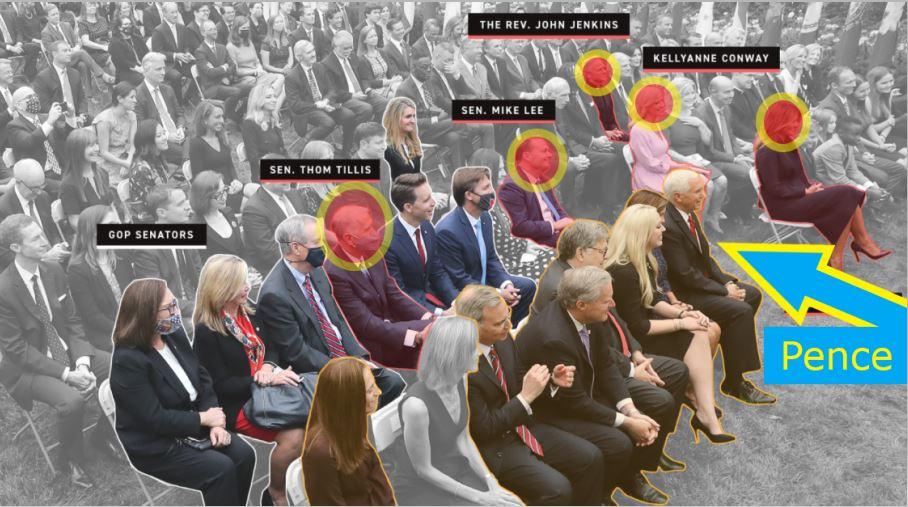David Talbot
MIT Technology Review
October 28, 2013

In Waltham, an algorithm developed by a startup company called Affectiva performed what is known as facial coding: it tracked the panelists’ raised eyebrows, furrowed brows, smirks, half-smirks, frowns, and smiles. (Watch a video of the technology in action below this story or here.) When this face data was later merged with real-world sales data, it turned out that the facial measurements could be used to predict with 75 percent accuracy whether sales of the advertised products would increase, decrease, or stay the same after the commercials aired. By comparison, surveys of panelists’ feelings about the ads could predict the products’ sales with 70 percent accuracy.
Although this was an incremental improvement statistically, it reflected a milestone in the field of affective computing. While people notoriously have a hard time articulating how they feel, now it is clear that machines can not only read some of their feelings but also go a step farther and predict the statistical likelihood of later behavior.
The Emergency Election Sale is now live! Get 30% to 60% off our most popular products today!



